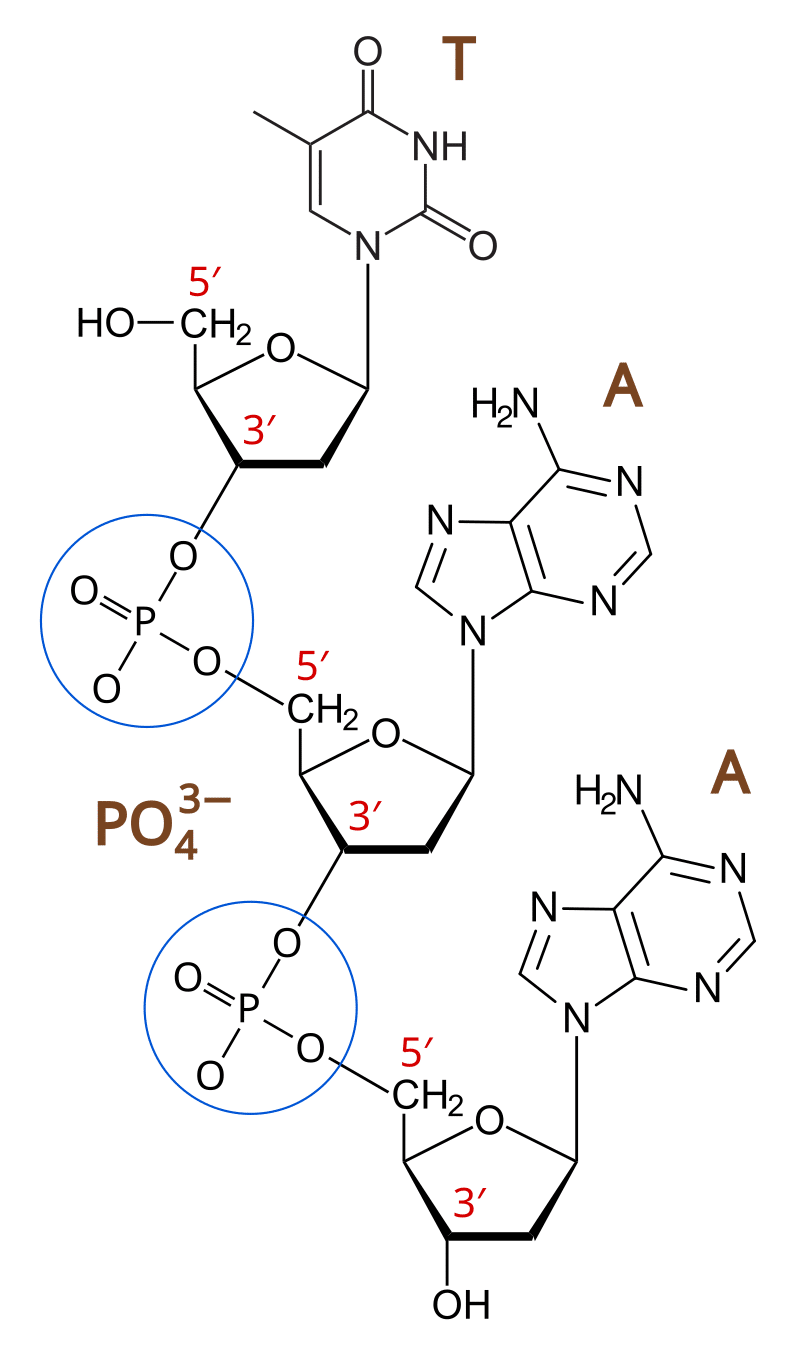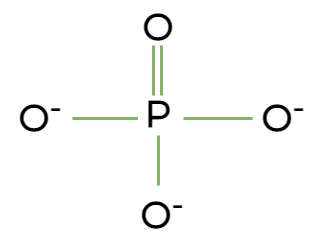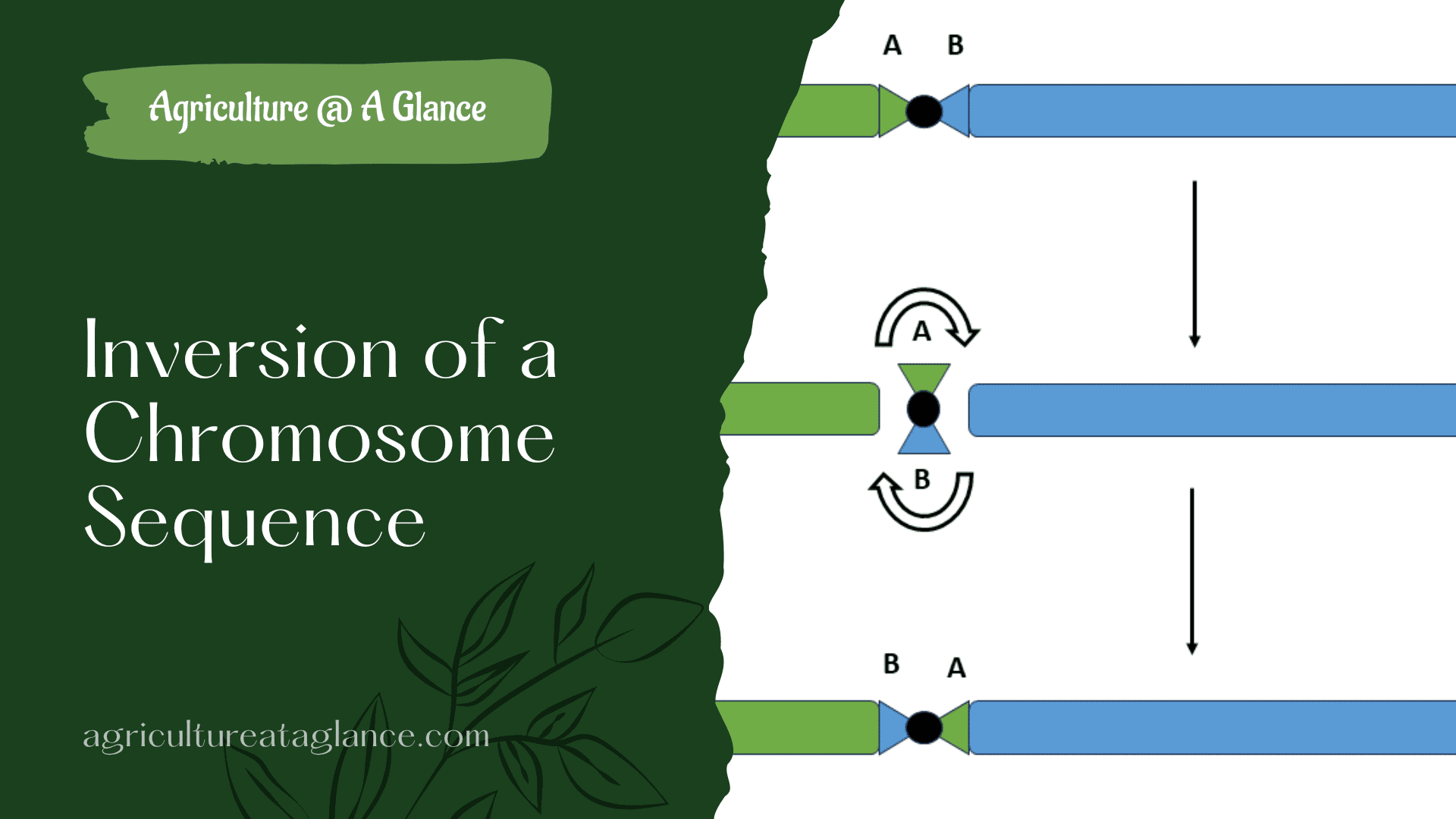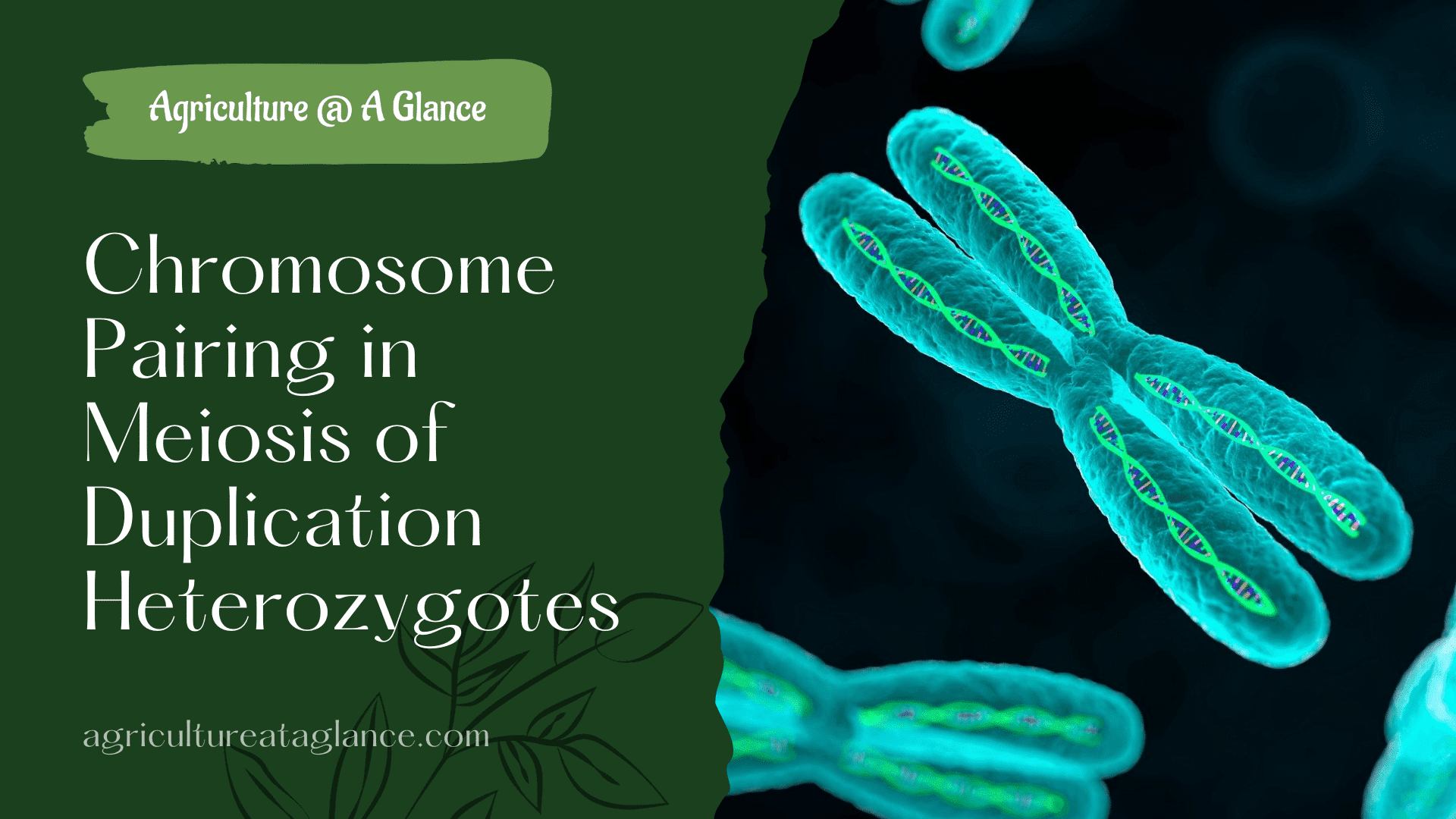DNA(Deoxyribonucleic Acid) is a genetic material that transfers traits from parents to their offsprings.
DNA is a group of molecules that is responsible for caring and transmitting the hereditary marital or the genetic instruction from parents to their offspring.
DNA was first discovered by swiss biologist Johannes Friedrich Miescher.
The double helix structure of a DNA molecule was later discovered through experimental data by Jemem Watson and Francis Crick. Finally it was proved that DNA is responsible for storing the genetic information in a living organism.
Nucleic Acid
Nucleic acid are the organic materials present in all organisms in the form of DNA and RNA.
These nucleic acid are formed by the combination of:-
- Nitrogen Base
- Sugar Molecule
- Phosphate Group
A. Nitrogen Base
Four different types of nitrogenous bases are found in DNA: Adenine (A), Thymine (T), Cytosine (C), and Guanine (G). In RNA, the thymine is replaced by Uracil (U).
There are two types of nitrogen base:-
Purine: When a nitrogen bond has a double ring then it is called purine.
If the type of nitrogen base is purine then the 1st bond of the sugar molecule will be joined by the 9th bond of the nitrogen base.
Ex:- Adenine and Guanine.
Pyrimidines: When a nitrogen bond has a single ring then it is called pyrimidines.
If the type of nitrogen base is Pyrimidine then the 1st bond of the sugar molecule will be joined by the 1st bond of the nitrogen base.
Ex:- Thymine, Cytosine, Uracil.
B. Sugar molecule:
Ribose is a simple sugar and carbohydrate with the molecular formula C₅H₁₀O₅ and the linear-form composition H−−(CHOH)₄−H. It’s also known as a pentose sugar because it has five carbon atoms. Ribose is a key component of ribonucleic acid (RNA), which is found in most living organisms and viruses. In RNA, ribose alternates with phosphate groups to form the backbone of the polymer, and it also binds to nitrogenous bases. These combinations of ribose and nitrogenous bases form ribonucleosides, which then attach to phosphate groups to become ribonucleotides. Ribonucleotides are essential for coding, decoding, regulating, and expressing genes.
- Deoxyribose sugar is also called pentose sugar because of the 5 carbon.
- Nitrogen bases always join on sugar molecule’s first carbon.
- Phosphate groups always join on sugar molecule’s 5th and 3rd carbon.
- The bond which is bounding the phosphate group with sugar molecules is phosphodiester bond.
Phosphodiester bond: A phosphodiester bond is a covalent linkage that forms when two hydroxyl groups in phosphoric acid react with hydroxyl groups on other molecules to form two ester bonds.A phosphodiester bond is a covalent bond between phosphate and 2 sugars (hydroxyl groups).

C. Phosphate groups
Phosphate groups are a key component of DNA, making up the backbone of each strand. They are also part of nucleotides, the monomers that make up DNA and RNA. Phosphate groups are attached to the 5′ carbon of a nucleotide(Sugar Molecule) and 3′ carbon of adjacent nucleotides(Sugar Molecule) in a DNA strand.

What is Nucleotides?
Nucleotides are organic molecules that are the basic building blocks of nucleic acids, such as deoxyribonucleic acid (DNA) and ribonucleic acid (RNA). They are made up of three parts:
Nitrogenous base: In DNA, the bases are adenine (A), cytosine (C), guanine (G), and thymine (T). In RNA, the bases are adenine (A), guanine (G), uracil (U), and cytosine (C).
Pentose sugar: In DNA, the sugar is deoxyribose, and in RNA, it’s ribose.
Phosphate group: A terminal phosphate group.
- Nitrogenous Base + Pentose Sugar(Sugar Molecule) + Phosphate Group.
What is Nucleoside?
A nucleoside consists simply of a nucleobase without phosphate group, it builds with a nitrogenous base and pentose sugar.
- Nitrogenous Base + Pentose Sugar(Sugar Molecule)
Sugar-phosphate backbone
A sugar-phosphate backbone is the structural framework of nucleic acids, such as DNA and RNA, and is made up of alternating sugar and phosphate groups. The backbone provides structural support to the DNA double helix and defines the directionality of the molecule.

Types of DNA
There are 4 major types of DNA:
- B-DNA
- A-DNA
- Z-DNA
- Triplex/H-DNA
B-DNA:
B-DNA is the most common canonical right handed double helix DNA.
- The distance from one major or minor grooves to the next major or minor grooves is 3.4 nm
- One major or minor grooves to the next major or minor grooves have 10 nitrogen base pairs.
- So, one nitrogen base pair to next nitrogen base pair length is (3.4/10) = 0.34nm
- Two major-major or minor-minor grooves have a 360° axis(this is also called DNA pitch)
- Two side by side base pairs at (360°/10) = 36° angle.
- DNA diameter distance is 2 nm.

A-DNA:
A-DNA is mostly shown in dehydrated cells.
- The distance from one major or minor grooves to the next major or minor grooves is 2.86 nm
- One major or minor grooves to the next major or minor grooves have 11 nitrogen base pairs.
- So, one nitrogen base pair to next nitrogen base pair length is (2.86/11) = 0.26 nm
- Two major-major or minor-minor grooves have a 360° axis(this is also called DNA pitch)
- Two side by side base pairs at (360°/11) = 32.72° angle.
- DNA diameter distance is 2.6 nm.

Z-DNA:
Z-DNA is a higher-energy polymorph of DNA and in its linear form is less stable than either A- or B-forms, requiring high-salt or high-alcohol concentrations for maintenance of its structure in solution.
- The distance from one major or minor grooves to the next major or minor grooves is 4.4 nm
- One major or minor grooves to the next major or minor grooves have 12 nitrogen base pairs.
- So, one nitrogen base pair to next nitrogen base pair length is (4.4/12) = 0.36 nm
- Two major-major or minor-minor grooves have a 360° axis(this is also called DNA pitch)
- Two side by side base pairs at (360°/12) = 30° angle.
- DNA diameter distance is 1.8 nm.

Triplex/H-DNA:
Triplex DNA, also known as triple-stranded DNA or H-DNA, is a secondary DNA structure that forms when a third strand joins a DNA duplex. When the purine or pyrimidine base occupy the major grooves of the DNA double helix forming hoogsteen pairs with purine of the watson-crick base pairs.
Hogstain Pair: is a variation of the typical base pairing in nucleic acid,such as A=T pair.
Formation of H-DNA: When a third stand join a DNA duplex in the major groove of the double helix , which forms A=T=A and C≡G≡C triplets.

H-DNA is two types:
1. Intermolecular Triplex: It formed when a triplex -forming digonucleotide (TFO) joins a target sequence on duplex DNA.
2. Intramolecular Triplex: It formed when one stand of the same duplex DNA molecular folds back on itself.
When it formed:
1. During law Ph in cell
2. Homopurine combine with homo pyrimidine to the form triple helical DNA
3 The central strand is purine (A or G) [T=A=T , C≡G≡C]
Key point on H-DNA:
# If the inter molecular base pairing look like PU:PU:PY then it looks like the reverse arrangement or anti-paralal arrangement.
# If the intramolecule base pairing looks like PY:PU:PY then it looks like the parallel arrangement.
# Intramolecule is formed between homopurine or homo pyrimidine during super calling of DNA. This pairing is also known as H-DNA
# Triplex DNA is not stable because of its negatively 3 phosphate chain
# In the triplex DNA of 3 negatively changed phosphate molecule the DNA model is not stable. But in the double helical DNA Mg2+ is present that`s why the double helical DNA is stable.




